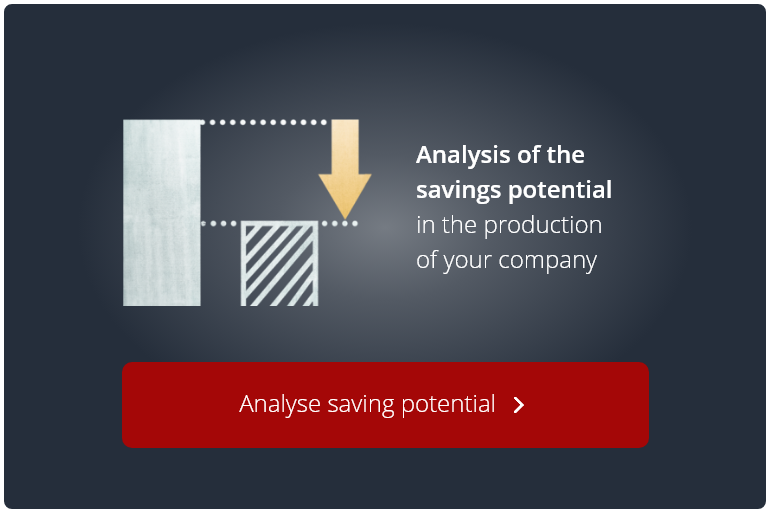
The full quote von Taiichi Ohno is: “waste is not always obvious. Don’t hide it, make waste visible!”
Many companies have the tendency to hide problems – either consciously, or unconsciously. The essence of Kaizen is to continuously seek out and eliminate / reduce waste in all areas of a company. This is best done by first making the waste visible…. you can’t fix what you don’t see.
According to Taiichi Ohno, the principal architect of Kaizen and Just-in-Time principles, there are several primary areas where you can expect to find waste.
1. Waste from overproduction
According to Ohno this is the greatest “evil”. One way to make the waste more visible here is, for example, to define (individual) standard quantities at all storage and buffer locations. Anything in excess of this amount increases inventory and should be considered waste.
2. Waste due to early production
If something is made before it is needed, this is basically waste – regardless of whether it was unavoidable at the time. It is therefore crucial to have visualizations of the execution plan for every work process.
3. Waste due to waiting
Waiting time for materials, tools, devices, programs, information, etc. … is idle time. The key to avoiding this is make sure that availability visualizations are created prior to beginning production.
4. Waste due to unnecessary motion and routes
Workplace layout and equipment availability influence the movements and routes that employees must take in order to perform their immediate tasks. They need material, tools, equipment, information, etc. which should be clearly arranged and in the correct order. If an employee has to leave their work area and interrupt their value-added work, this indicates a problem (waste)
5. Waste due to defects and reworking
The necessity for reworking is a two-fold waste: the time and material used for the work, and the time and material needed for reworking. This always impacts all subsequent processes. Therefore, make quality issues visible - not just in Excel tables, but on-site in production or at the workstation.
How can you hunt if you don’t see the game?
Tracking waste means drawing it out into the open…making it visible, and this must be done conscientiously and carefully. Precisely defined rules must be created for each process so that any deviations from pre-set standards are visualized and clearly recognizable.
As Ohno emphasized, overproduction is the leading and most expensive form of waste and draws all other wastes after it. Therefore, your first step should be to ask: how can I make overproduction visible? Once you see the problem, a solution is within reach.
Good hunting! And if you need help scouting….I’d be happy to help.
Author:
Yutaka Mueller-Mark, master consultant at KPC Production Systems Engineering GmbH
Partner company: Asprova GmbH
World No.1 APS Production Scheduler
www.asprova.eu
